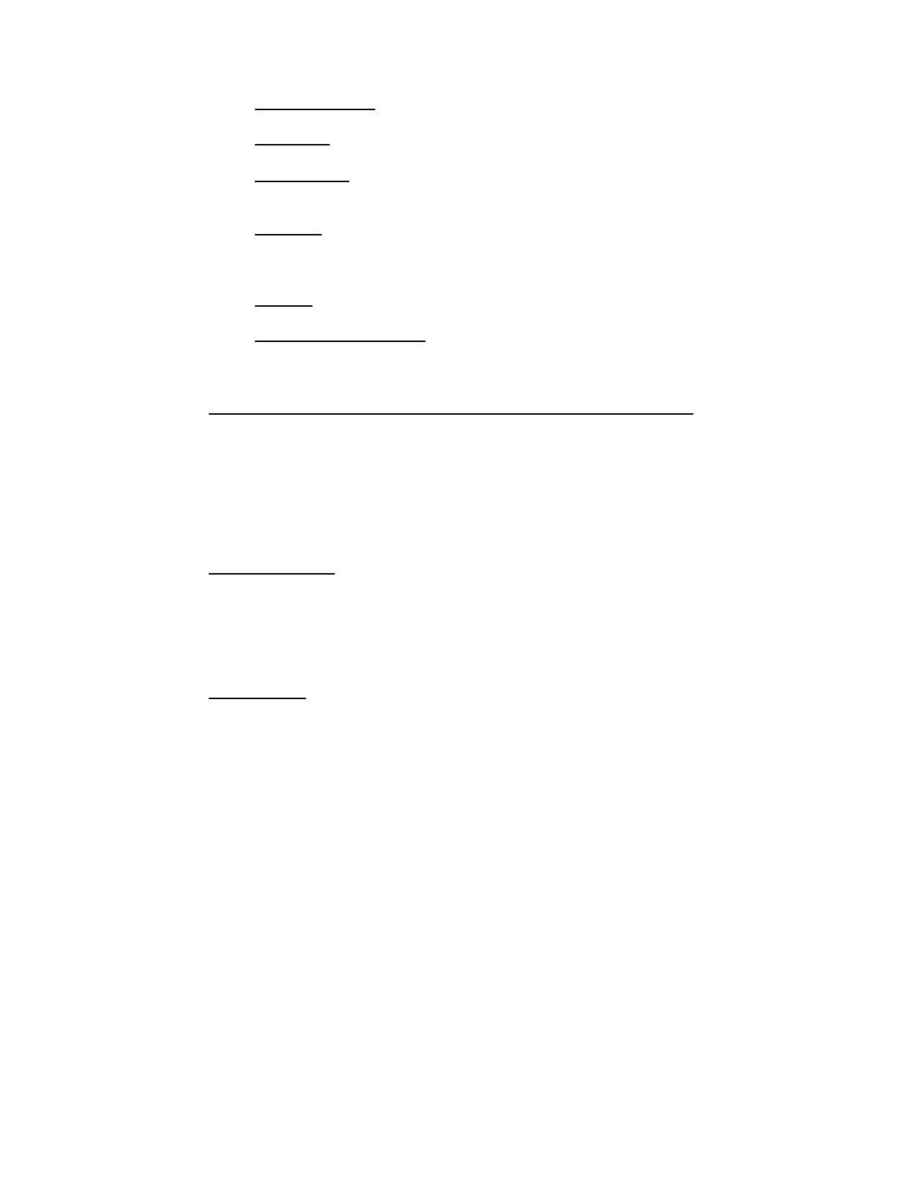
12
Shortness of breath: usually represents acute anterior MI or acute lateral MI with
acute mitral regurgitation.
Diaphoresis: present with both anterior and inferior infarctions
·
Signs
Blood Pressure: a non-palpable pulse indicates shock and usually correlates with
systolic BP below 80mmHg. If the victim has a palpable pulse in the standing
position, then BP is usually over 80 mmHg systolic.
Heart Rate: above 100/min is a sign of impending shock and anterior infarction.
Pulse below 50/min is a sign of inferior and often right ventricular infarction.
PVC's or PAC's-usually are signs of ischemia or infarction and occur early in
course of ACS.
Syncope with sudden bradycardia: sign of Heart Block and Inferior and Right
venticular Infarction.
Accelerated normal rhythm at 100-120/min (lasting minutes) developing as pain
improves is good sign and indicates spontaneous coronary reperfusion.
·
Pathophysiology of coronary blood flow:
o
Anterior Infarction (LAD) vs. Inferior Infarction (Right Coronary ) occlusions:
LAD flow occurs predominately in diastole and depends on diastolic BP to support
flow.
Slowing Heart Rate improves LAD flow and the proportion of time spent in diastole
and will reduce infarct size and extent of ischemia.
RCA flow occurs predominately in systole and depends on systolic BP for support
of flow.
Hypotension and excessive bradycardia will worsen RCA flow and may aggravate
Inferior Infarction. Syncope after nitrate use indicates right ventricular infarction.
o
Coronary Thrombus: is present in nearly all patients with ACS. Dehydration, hypoxia,
increased sympathetic output, catecholamine, fear and exertion will increase platelet
activation
Platelet receptor blockade will reduce likelihood of transmural MI in Unstable
angina and will reduce risk of reinfarction following spontaneous thrombolysis.
25% of all transmural infarction patients will undergo spontaneous coronay
thrombolysis and reperfusion in 24 hrs.
o
Collateral Flow: present to at least a slight extent in all patients: degree of collateral is
related to the likelihood of improved outcome following Transmural MI with complete
coronary occlusion.
Nitrates improve collateral flow, reduce venous return and hence reduce
subendocardial diastolic pressure and reduce infarction size and symptoms of
ischemia.
o
Myocardial Infarction is irreversible coronary ischemia leading to cell death.
o
Coronary ischemia is caused by an imbalance between myocardial oxygen supply and
demand the Major determinants of myocardial oxygen demand are Heart Rate, BP
(afterload) and myocardial Contractilty
o
The major determinants of myocardial oxygen supply are coronary blood flow( related to
coronary perfusion pressure, diastolic LV and RV wall pressure, and Right Atrial pressure)
and partial pressure of coronary arterial oxygen and blood oxygen content.
